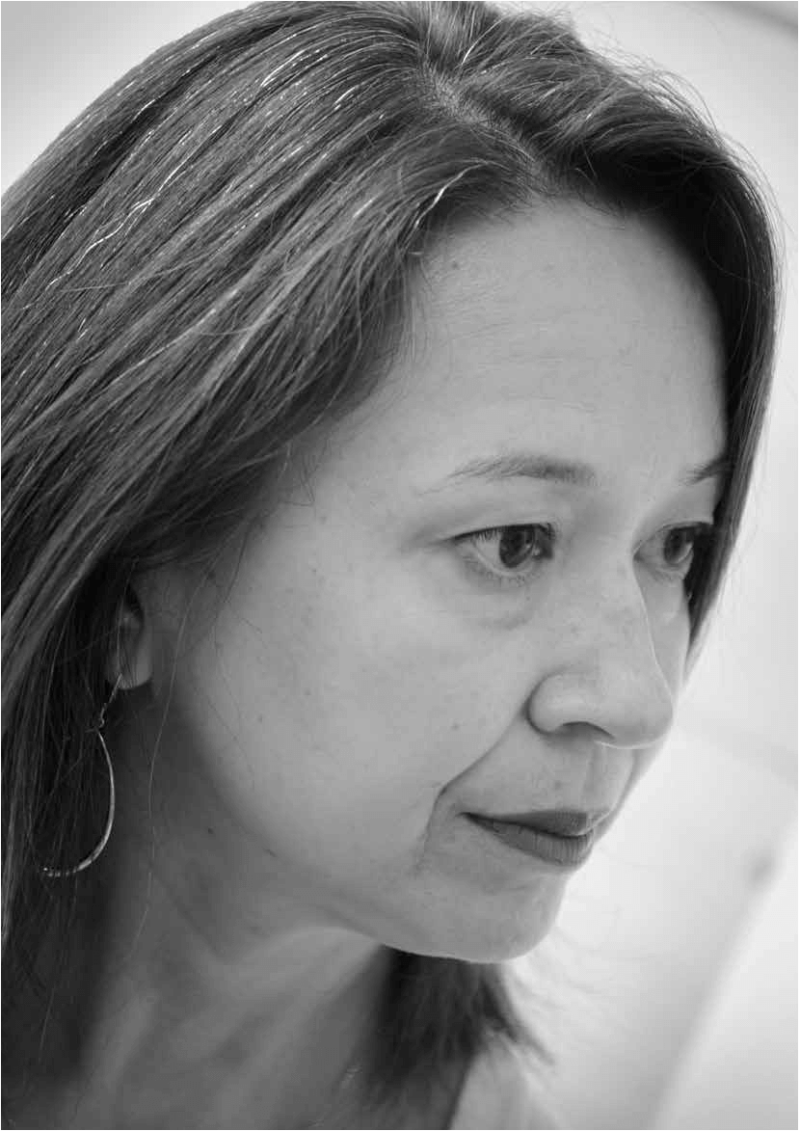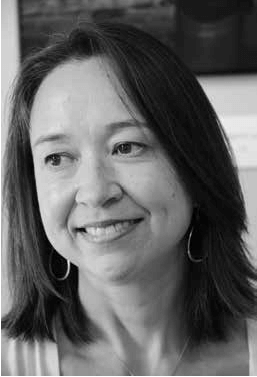Issue:

Motoko Rich
by TIM HORNYAK
In midsummer this year, Motoko Rich arrived in Japan to reconnoiter before officially taking up her post as the New York Times’ Tokyo bureau chief. Two days before she was going to return to the Big Apple, she found herself rushing out to Sagamihara to cover Japan’s worst mass killing since World War II.
The slayings of 19 handicapped people at the Tsukui Yamayurien care facility, allegedly carried out by former employee Satoshi Uematsu, led Rich to write about one of those wounded, Kazuya Ono, a 43 year old autistic man with severe mental disabilities who survived grievous knife wounds to his throat and abdomen. In her Sept. 8 article, Rich wrote about his parents’ desire that the world learn not only what happened to him, but his name as well. That flew in the face of a policy by Kanagawa Prefecture police, Japanese media and other victims’ families to keep them anonymous because they were handicapped.
“The Onos are the only family that has come forward to speak out,” says Rich. “Clearly Kazuya was a very challenging child to raise, and yet their love for him is so strong.”
Covering the massacre was her first time dealing with Japan’s media cartels the kisha clubs. She was denied access to a press conference after the massacre, and describes the police attitude as “astoundingly non transparent.” It was a learning experience about Japan for the veteran reporter, who began her new job in August and now oversees a group consisting of correspondent Jonathan Soble and two researchers.
“I’m so excited. I feel really, really lucky,” Rich says. “Every correspondent comes and does it in their own style. They have a new way of looking at the country and the story and they have their own interests and that informs their coverage. The editors knew that one of the frames I would bring was my background.”
BORN IN LOS ANGELES to a mother from Hokkaido and a father from New Jersey, Rich lived in Japan twice: once from second to fourth grades at the American School in Japan, and then during a summer internship with the Daily Yomiuri. Her résumé also includes education at Yale and Cambridge, and reporting at the Financial Times and the Wall Street Journal. She joined the New York Times in 2003, covering the economy, real estate, publishing and education. Tokyo is her first foreign assignment.
“It was true 40 years ago and it’s still true today that Japanese view me as gaijin,” she says. “They look at my face and are surprised to see the name on my meishi, whereas in the United States people regard me as more Asian. So I’m kind of betwixt and between, and that will inevitably inform my coverage.”

Rich says her love of journalism stems from a passion for hearing people’s stories and noticing little details like how children in Japan bow to a soccer field after a successful and safe practice, a phenomenon she noted in a recent piece about how her family is adjusting to Tokyo. But like many journalists, she’s deeply concerned about the state of the industry. As smaller newspapers continue to fold across the U.S., the Times has been offering staff buyouts for the past three years.
“The role of the press as a watchdog is being lost as a result of the decimation of the regional newspaper industry and it’s very sad, but there are a lot of new things that are happening that are incredibly effective,” she says, pointing to articles by her Asian-American colleague Michael Luo on Medium and the Times about how a woman in Manhattan told him to “Go back to China!” After going viral on social media, the story turned into a series of video vignettes about the issue, as well as a Times live chat.
“This became a front page story. And there were so many other ways in which it could reach around the world digitally that’s so new and exciting,” says Rich. “While feeling this profound sadness about what we’re losing, we must also look ahead to what we’re gaining and how we can take advantage of it.”
SOME OF THE THEMES and topics that Rich is paying particular attention to in Tokyo include gender and its relationship to culture and the economy (more and more Times bureau chiefs are women and mothers, she says), climate change, the regional military buildup and the 2020 Olympics, as well as first person and quirky features. She notes how Martin Fackler, chief until last year, did a story on Japan’s love of fax machines that made the front page.
“Japan is a wonderful, marvelous place,” says Rich. “There are things that are odd and weird and the great thing about being a foreign correspondent is to be able to write about things that locals may dismiss as ‘Oh, everyone knows that.’ But we don’t want people in Asia to think we’re writing about them as exoticized beings.
“Our mission here given that our office is so small is not to be part of pack journalism, but to try to do something different. Our audience now is truly global. So we’re trying to think about how do you write a story that appeals to people in Asia and other parts of the world, and not just Americans.”
Tim Hornyak is a freelance writer who has worked for IDG News, CNET News, Lonely Planet and other media. He is the author of Loving the Machine: The Art and Science of Japanese Robots.

